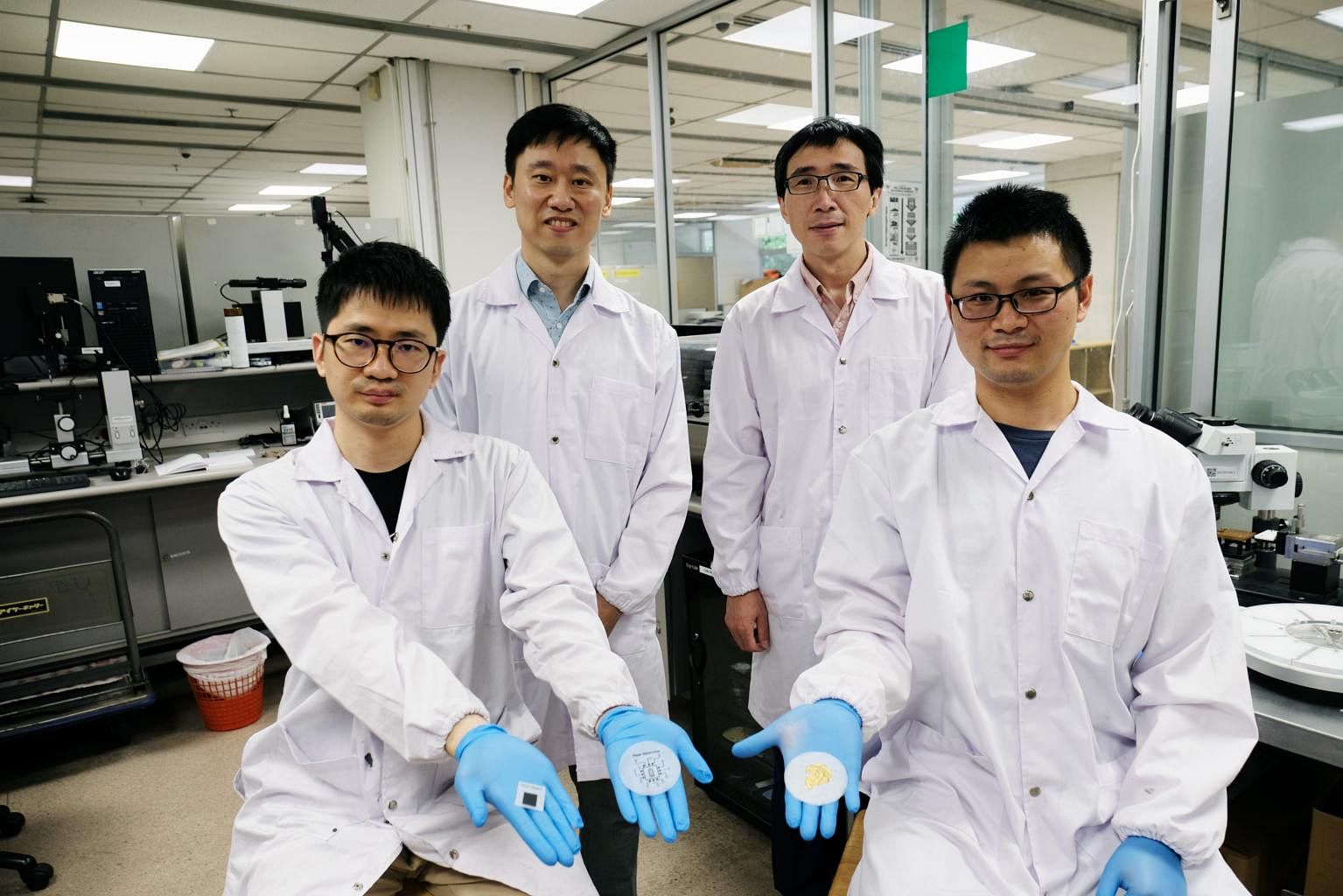
A novel water based battery is said to be safer than lithium at half the cost.
A Boston-area startup called Alsym Energy has introduced a rechargeable water based battery that could match lithium-ion batteries’ performance at a fraction of the price.
In addition to using inexpensive, easily accessible materials like manganese and metal oxide, the novel battery is based on water, according to an initial report from Fast Company.
Being a water based battery means it avoids some of the main drawbacks of current batteries, such as the potential for lithium-ion battery fires and the negative impact of mining on the environment. And thanks to the use of non-toxic materials, the water based battery design is simpler to recycle, which is always a bonus.
Electric vehicles are becoming more important as the world’s nations step up their efforts to decarbonize the grid. That’s because they can aid in decarbonizing both transportation and supply of electricity through reduced tailpipe emissions and offer flexibility. Naturally, many automakers are tapping into the market by producing luxurious EVs; however, the expensive price tag remains to be a problem to this day. The costs are partly due to the lithium-ion batteries that are used in electric vehicles, which are too costly to make EVs that can compete in price tag with cars that run on fossil fuels.
This is where Alsym Energy, which recently emerged from stealth and secured $32 million from investors, comes in. According to a press release, with its first partner being an automaker in India, the startup wants to make it possible for manufacturers to produce cheaper electric vehicles.
“Our motivation was to make it affordable so that it could be widely deployed as opposed to niche,” Mukesh Chatter, CEO and co-founder of the startup, told Fast Company.
The Alsym Energy water based battery is inexpensive enough that it might be used in developing countries to store off-grid solar power. This is especially crucial for individuals who do not currently have access to energy.
What Makes the Water Based Battery Special?
The water based zinc battery makes use of other affordable, easily accessible components like manganese and metal oxide. Crucially, it does not contain cobalt, an expensive critical component of lithium batteries that also contributes to supply-chain health and environmental issues due to unethical mining practices. It also doesn’t use lithium at all, which requires resource-intensive salar brine extraction methods, mainly concentrated in conflict-prone regions of South America. Avoiding lithium and cobalt reliance is incredibly important as both metals have seen extreme price increases recently amid surging EV demand.
Lithium carbonate prices have skyrocketed over 750% in the last two years. And cobalt more than doubled in cost since 2020. These unstable dynamics will likely drive up prices of lithium-ion batteries for the foreseeable future. By swapping water for expensive, ethically fraught raw materials, the aqueous zinc batter stands to radically transform the energy storage calculus in terms of affordability, local manufacturing potential, and stability of supply chains.
According to the team behind Alsym Energy, the new design has “lithium-like performance.” But unlike the latter, Alsym Energy’s batteries are not flammable. This saves money as it doesn’t require special protection to avoid fires and gives the batteries additional applications, such as use in ships, where the industry is particularly concerned about fire risk.
If all goes to plan, Alsym Energy will start beta testing with its first customers in early 2023, with high-volume production beginning as early as 2025. The novel battery design will surely make waves globally; however, the company’s priority is to first make it affordable in low-income regions.
Source Happy Eco News




